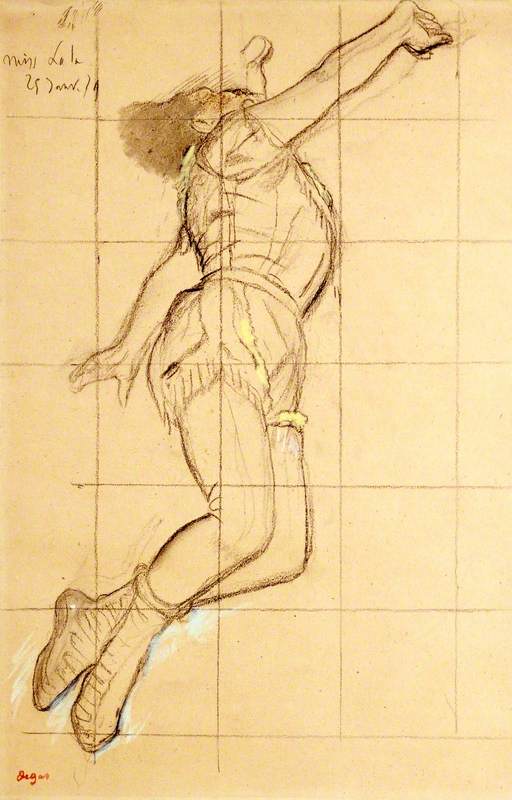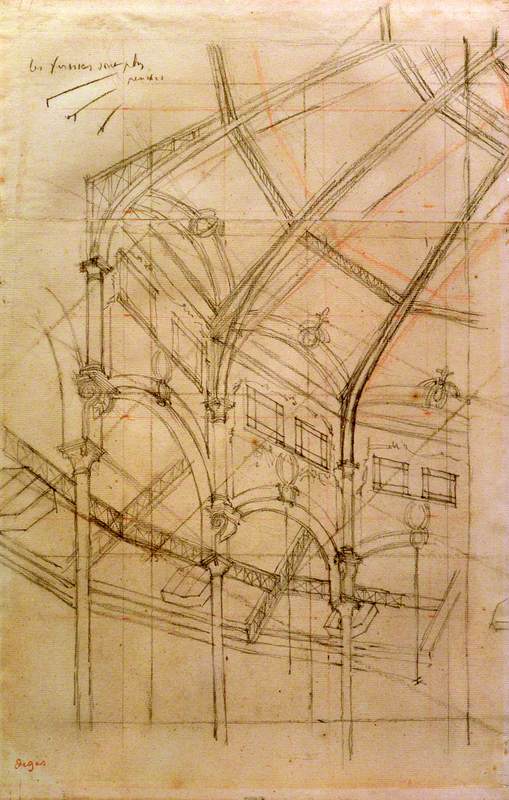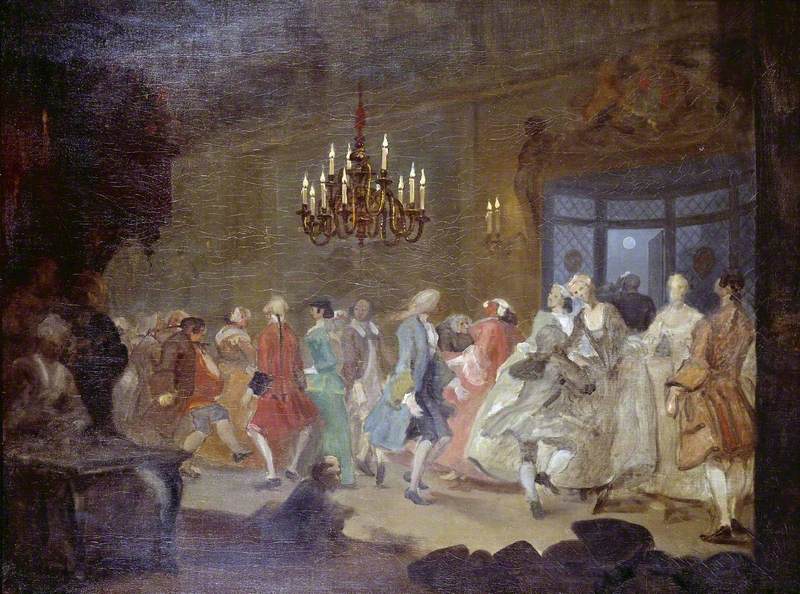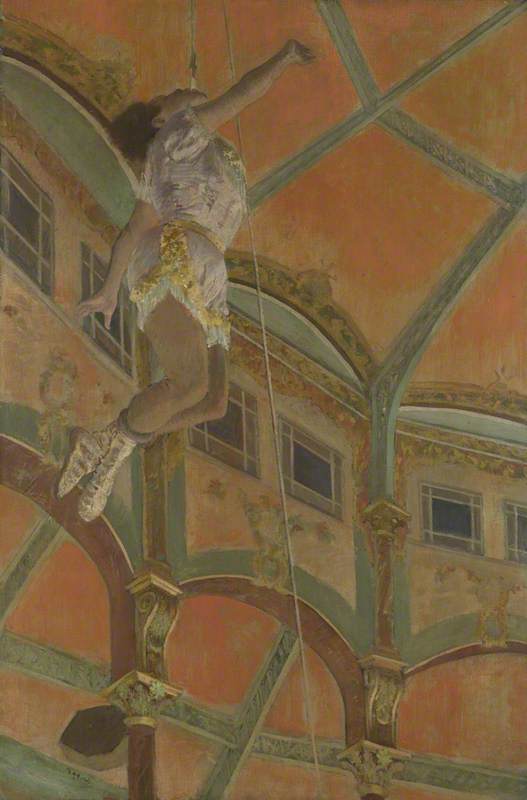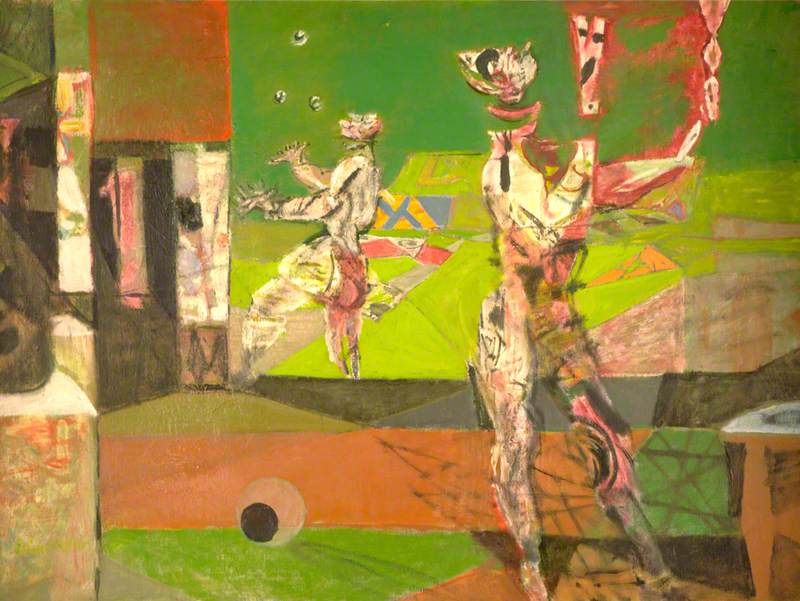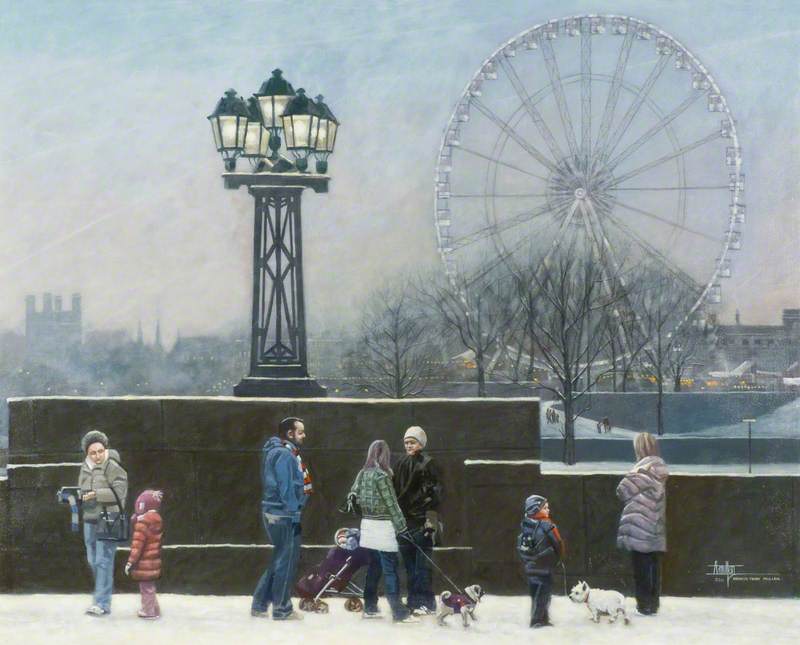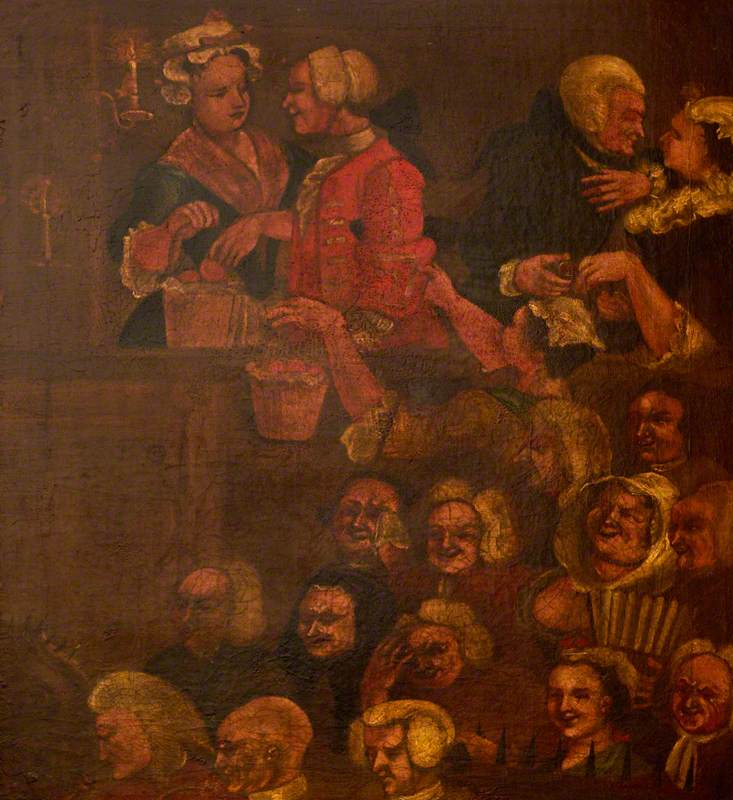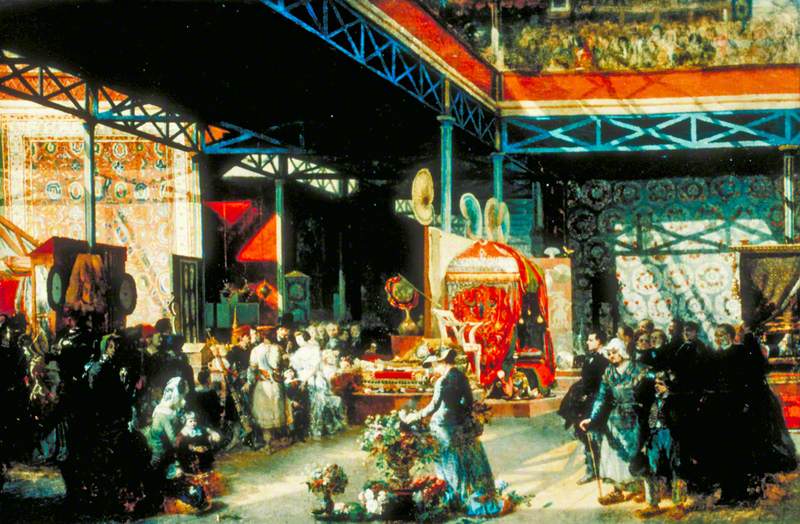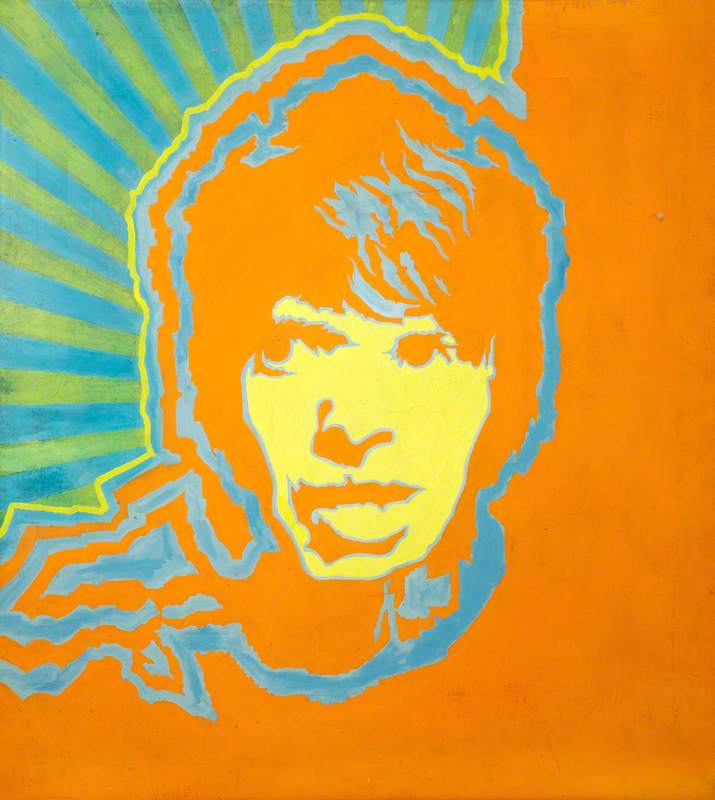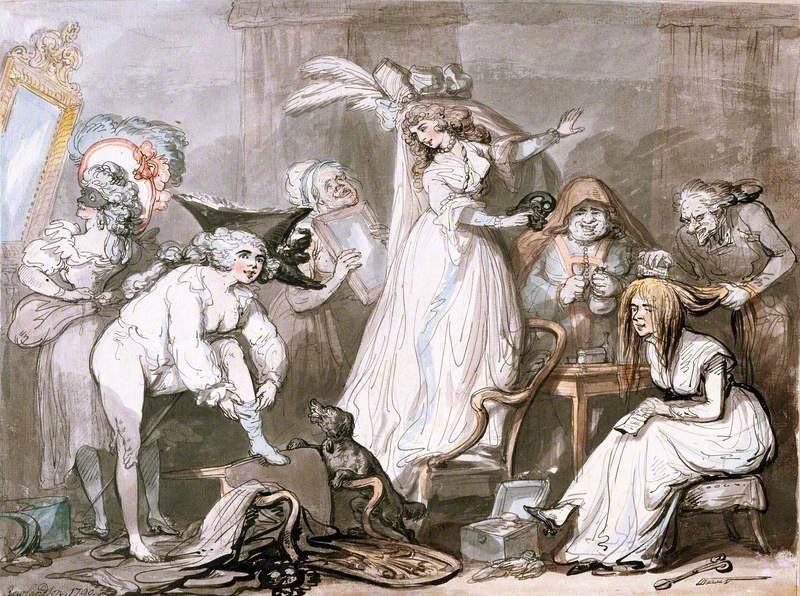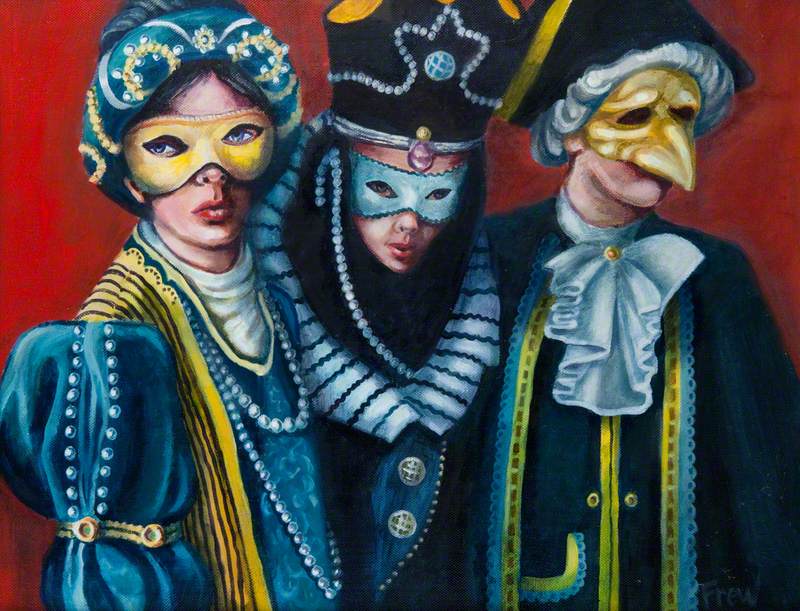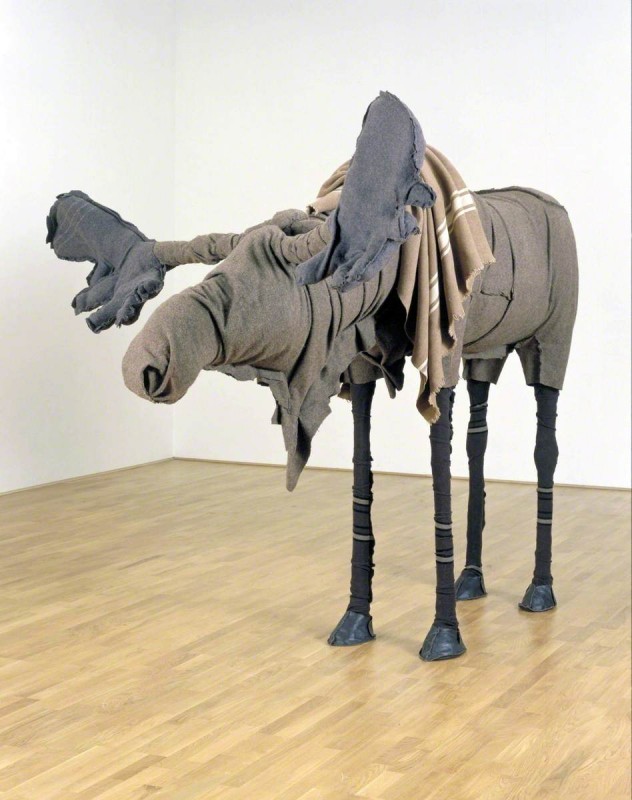
As part of daily life, popular entertainments become common subjects when art stopped being mainly concerned with morality themes. In fifteenth- and sixteenth-century Netherlands the richness of everyday life became a subject for art. Fairs and saints’ days were opportunities for revelry and drunkenness that would normally be frowned on. Hogarth carried this idea into eighteenth-century Britain, but by the nineteenth century depictions of rural fairs show them as sober and picturesque occasions.
After improvements in artificial lighting towards the end of the century, the Impressionists found both the bright lights and the hidden world of the circus irresistible. Degas’ circus performers are well known; in Britain, Laura Knight made a speciality of gypsy, fairground and circus subjects.
